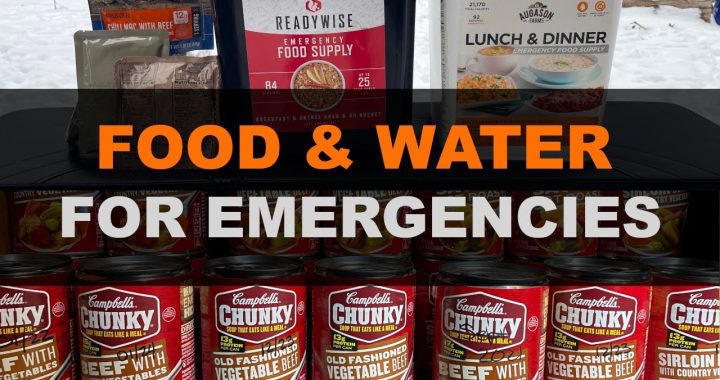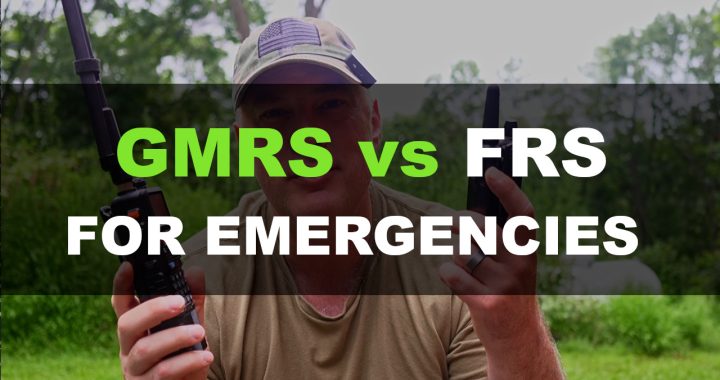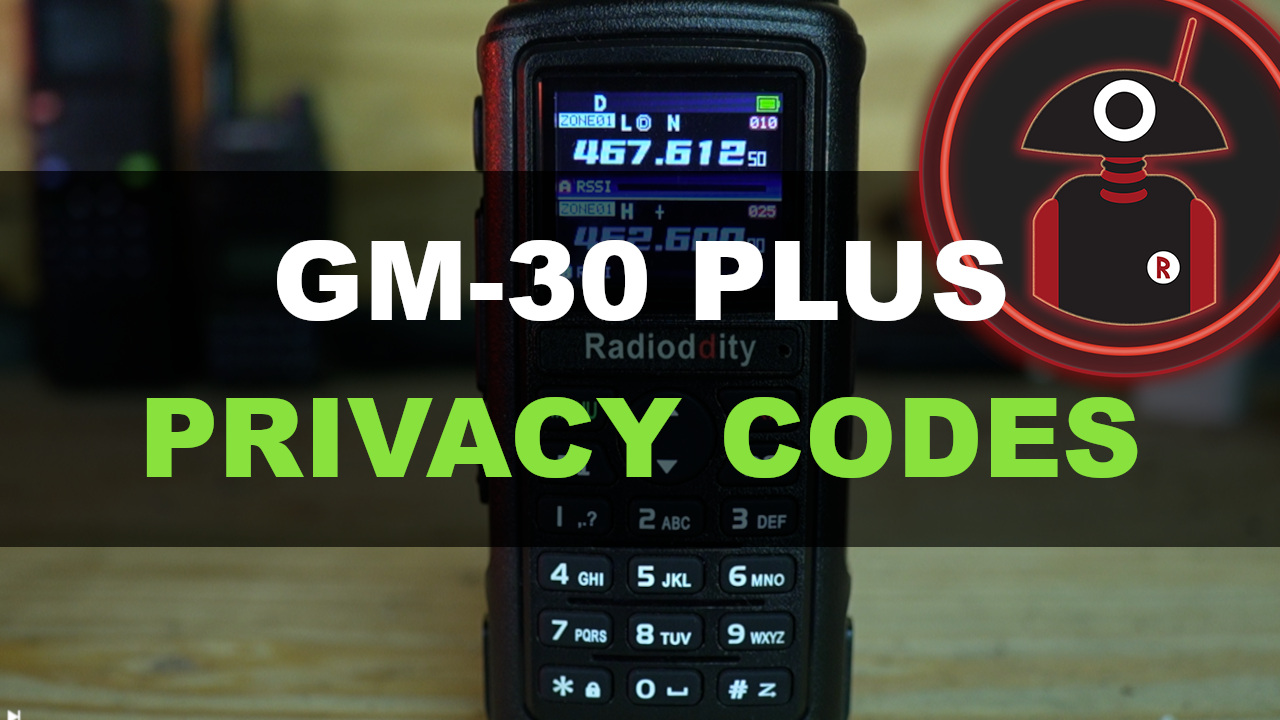Building a 4-Week Food and Water Prepping Supply
In this article, you’ll learn why the old “one to two weeks” of emergency supplies rule is no longer enough, and why four weeks is now the minimum you should aim for. You’ll get practical, budget-friendly strategies to build your food and water reserves, understand the role of commercial food kits vs. canned goods, learn about protein diversification, and see how water storage and filtration fit into your plan. Whether you’re brand new to prepping or expanding your current supplies, this step-by-step guide will give you the foundation you need.
Watch Here: https://www.youtube.com/watch?v=xtlRJlPw3YY or continue reading below.
Why Four Weeks Is the New Standard
No cell service. No electricity. Roads and bridges washed out.
When disaster strikes, you might not even know help isn’t coming anytime soon.
For years, I recommended having one to two weeks of food and water on hand. But after Hurricane Helen, where I assisted with search and recovery operations in Tennessee and North Carolina, I saw firsthand that wasn’t enough. People were trapped for weeks, unable to reach supply points at churches or relief centers.
The reality? Four weeks should be your starting point. This isn’t about waiting for the government to show up, it’s about giving your community time to reach you, because they’re often the ones doing the boots-on-the-ground work in emergencies.
Step 1: Building Your Food Supply
Start small and cheap.
You don’t need to buy expensive survival food kits right away. Begin by adding a few extra cans to your grocery cart each trip. Look for sales or “buy one, get one free” deals. Over time, this builds into a meaningful reserve.
Pro tip: Write the purchase date on each can. Rotate stock by using the oldest items first.
Food Buckets
Commercial emergency food buckets, like those from Augason Farms or ReadyWise, are stackable, calorie-dense, and easy to store. They’re not ideal nutritionally, often heavy on oatmeal, dried potatoes, sugary drink mixes, and low in protein, but they’re invaluable in a true emergency. Keep some on hand for long-term shelf stability.
Protein Diversification
Canned meats, beans, and fish will provide protein your body needs for sustained energy and recovery. Food kits often lack this. Combining canned goods with food buckets gives you a balanced reserve.
Home Canning
When you’re ready to level up:
- Can vegetables from your garden or store-bought produce.
- Preserve homemade jams and pickles.
- Pressure-can venison or beef from local sources.
Home-canned meals, like stews packed with meat, vegetables, and fats, are nutrient-rich and far more satisfying than repetitive oatmeal rations.
Step 2: Water Storage and Filtration
Water is more critical than food in the short term, you can only survive 3–4 days without it. If you have to choose between building your food or water supply first, start with water.
Minimum storage:
- 1 gallon per person per day (not the often-quoted 0.5 gallon, real emergencies require more, especially if you’re working hard).
Storage Options
- Cases of bottled water (cheap and easy to start with).
- 25–30 gallon potable water tanks stored indoors.
Filtration Options
Backups matter, your emergency could last longer than your stored water.
A Sawyer straw filter lets you safely drink from almost any source, but it requires access to water. Larger gravity-fed filters can serve multiple people from a clean container.
Safety tip: Keep the mouthpiece sanitized. Touching it with dirty hands can make you sick, even if the water is filtered.
Step 3: Avoid Common Pitfalls
- Don’t rely solely on rivers or creeks, access may be dangerous or blocked by debris.
- Avoid over-reliance on low-protein food kits.
- Build supplies gradually, no need to overspend at the start.
- Remember: prepping isn’t about fear, it’s about readiness.
Final Thoughts
Getting started in emergency preparedness isn’t about doing everything at once, it’s about consistent progress. Add a few cans of food and a case of water each trip to the store. Over time, you’ll build a supply that can sustain you through weeks-long emergencies.
Our household now maintains about eight weeks of food and water at all times, and we’re expanding into growing our own food and collecting rainwater. You can take the same path, starting today.




